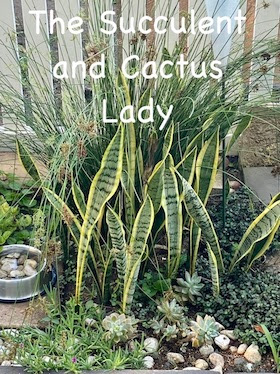Spekboom also make great container plants and already the birds enjoy roosting in the one above as it is near their favourite bathing place. Spekboom is totally edible and widely used in salads. I've often seen the birds taking bits of the leaves. The taste of spekboom leaves are pleasant but changes throughout as the sun rises and sets. During the day leaves have an acid flavour and they become less acidic towards the evening. The delicious greenery is heavily browsed by game and firm favourite of several wild animals, especially elephants! There the English name of Elephant Bush.
The leaves are used medicinally and in traditional home construction. Here are the most popular traditional and contemporary uses of spekboom leaves:
- - Sucking a leaf to quench thirst, treat exhaustion, dehydration and heatstroke.
- - Using crushed leaves to provide relief for blisters.
- - Chewing leaves can treat a sore throat and mouth infections.
- - Juiced leaves are used as an antiseptic and to soothe skin ailments such as pimples, rashes, - insect stings and sunburn.
- - In certain areas, the stems are used to help build huts/homes. The stems are dried and used as thatch for rooves of the huts/homes.
- - In Mozambique, breastfeeding mothers eat spekboom leaves to increase their milk supply.
- - During famine, the Zulus eat the leaves raw.
- (This information from Shamwari Game Reserve)
The spekboom flowers are nectar-rich and provide food for many insects – endangered bees love them! This, in turn, attract insectivorous birds.










No comments:
Post a Comment